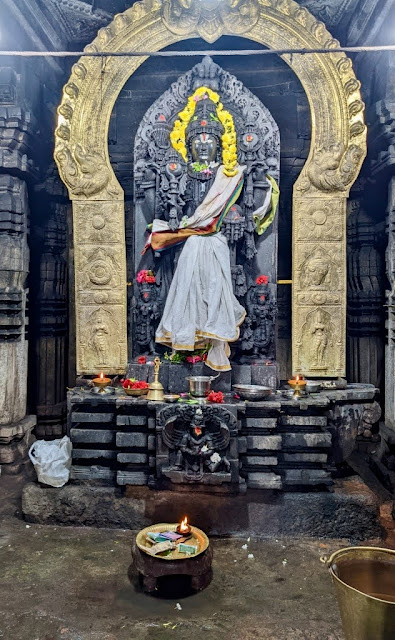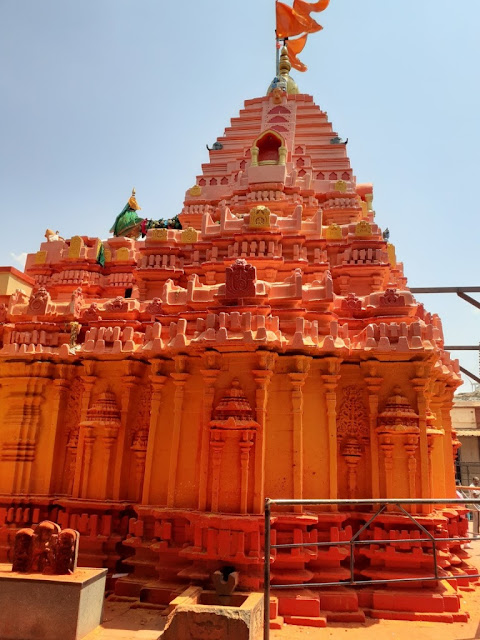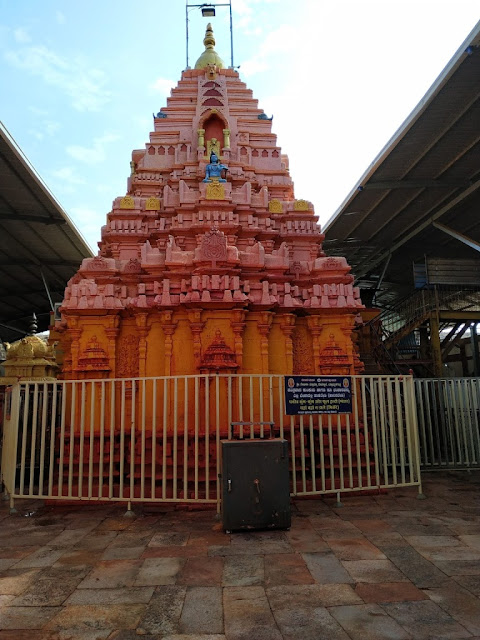Shiva Temple, Ambarnath, Maharashtra
Ambarnath Shiva Temple is a Hindu Temple dedicated to Lord Shiva located at Ambarnath City near Mumbai in Ambarnath Tehsil in Thane District in Maharashtra, India. The temple is situated on the slopes of a barren hillock. The temple is also called as Ambreshwar Temple and Puratana Shivalaya. The name Ambarnath means Lord of the sky. The temple is situated on the bank of Vadavan (Waldhuni) river.
Legends
As per legend, the Pandavas planned to build this temple in single night but they could not able to finish the construction before the sunrise. Hence, the shikara of this temple is incomplete till this date.
History
The construction of this temple was probably initiated by Shilahara King Chhittaraja (1022 – 1035 CE) and was completed in 1060 CE during the reign of his younger brother King Mummuni.
The Temple
This temple is facing towards east and follows Bhumija style of architecture. The temple consists of sanctum and mandapa with three entrance porches on three sides (eastern, northern and southern side). The tower over the entrance porch and mandapa are intact and follows stepped pyramidal style. Nandi can be seen in the mandapa facing towards the sanctum. The sanctum is situated below the ground level and can be reached after climbing down 20 steps from the mandapa. The sanctum is open to sky. The shikara over the sanctum raises little above the height of the mandapa.
The shikara was never completed due to some unknown reason. An image of Nataraja can be seen on the shikara. The exterior wall is decorated with single band of images. The sculptures in this band are predominantly Shaiva. There are fluted mouldings above and below the sculptures. A large number of the sculptures has lost its details to the weathering. The sculpture of Hari Hara Pitamaha Surya in the temple complex is unique because Shiva, Vishnu, Brahma and Surya have been portrayed together in this rare sculptural masterpiece.
Festivals
Shivrathri (Feb-Mar) is the major
festival day celebrated in this temple. A four-day fair is conducted during
Shivaratri.
Connectivity
The temple is located at about 2 Kms from Rangoli
Hotel Bus Stop, 2 Kms from Ambarnath Railway Station, 2 Kms from Matka Chowk
Bus Stop, 9 Kms from Kalyan, 9 Kms from Badlapur, 47 Kms from Mumbai and 49 Kms
from Mumbai Airport. The temple is situated on Kalyan to Badlapur route. Ambarnath
has a Mumbai Suburban Railway link to Mumbai and lies on the route to Karjat
and Pune.





.jpg)











.jpg)
.jpg)
.jpg)






.jpg)



.jpg)



.jpg)


.jpg)




.jpg)




